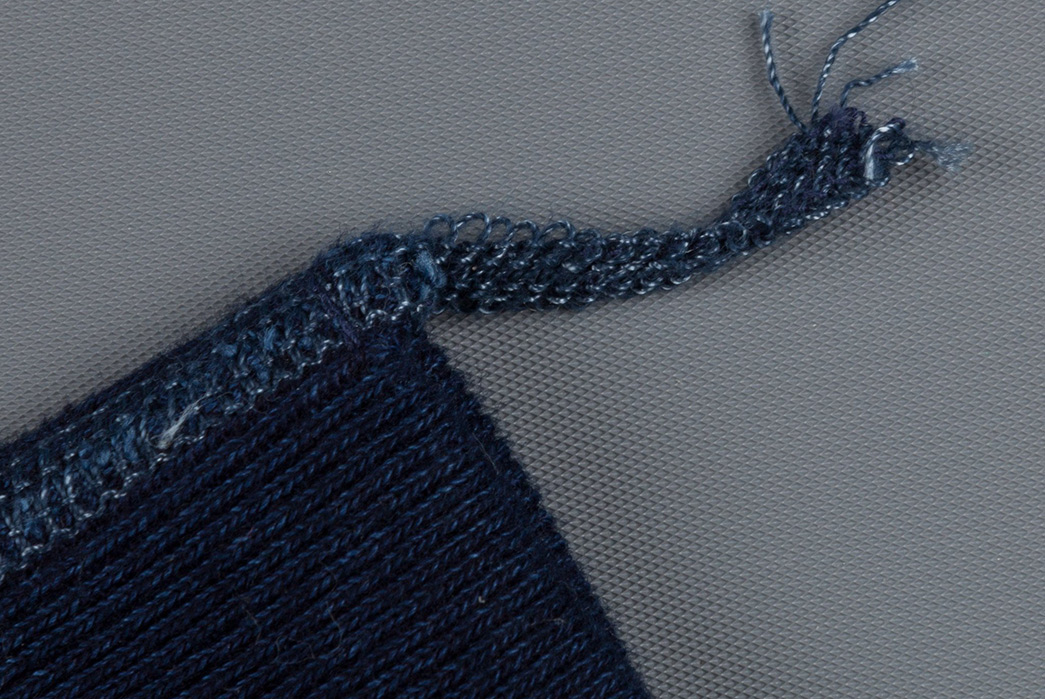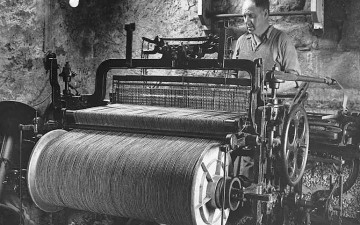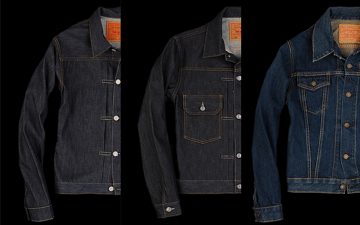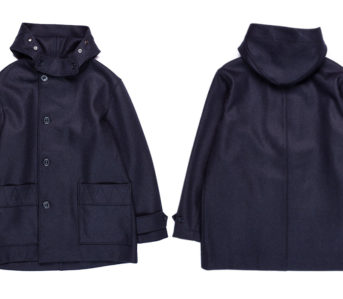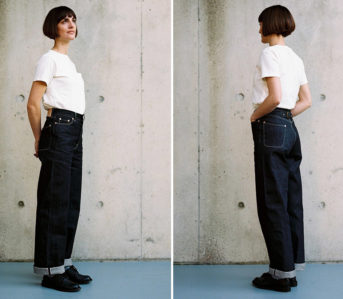In our corner of the fashion world, it’s all about fabrics. So much so that we’re often talking about how much (or how little) they weigh, how dense they are, etc. If this world of Japanese jeans that threaten your rent and leather jackets that max out your credit card is new to you, all of these measurements we refer to on a daily basis may be slightly confusing.Don’t worry, we’ve all been there, and still find ourselves ‘there’ from time to time. Even the most seasoned clothing veteran will need a reference when someone throws some double weave 1050 denier ballistic nylon at them.
So, if you’ve found yourself scratching your head when it comes to thread counts, fabric weights, and other textile measures. Fear not, because we’ve put together this primer on the fundamental ways of measuring textiles.
Fabric Weight
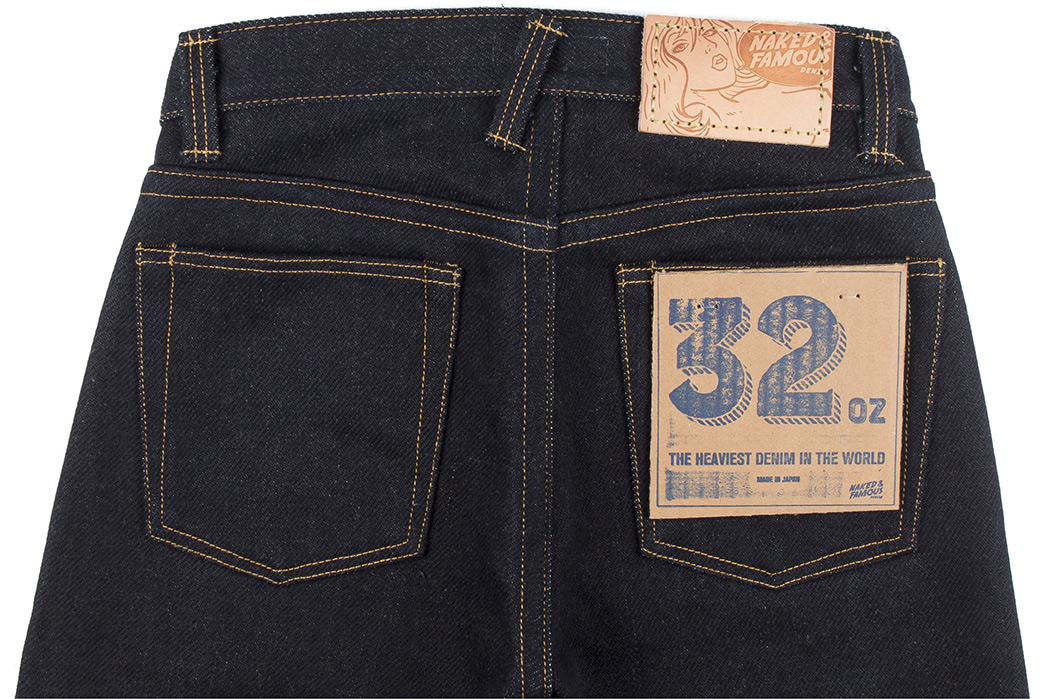
Image via Tate + Yoko
Probably the measure you will see the most on your sartorial travels, fabric weight is the most basic form of textile measuring, and one we refer to on a daily basis here at Heddels.
Textiles are mainly referred to in ounces, i.e. 16oz. raw selvedge denim. What this actually means is that the weight of the uncut fabric per square yard. Regardless, the higher the measurement, the heavier the fabric is. GSM is the metric version of this measurement meaning grams per square meter.
Denier
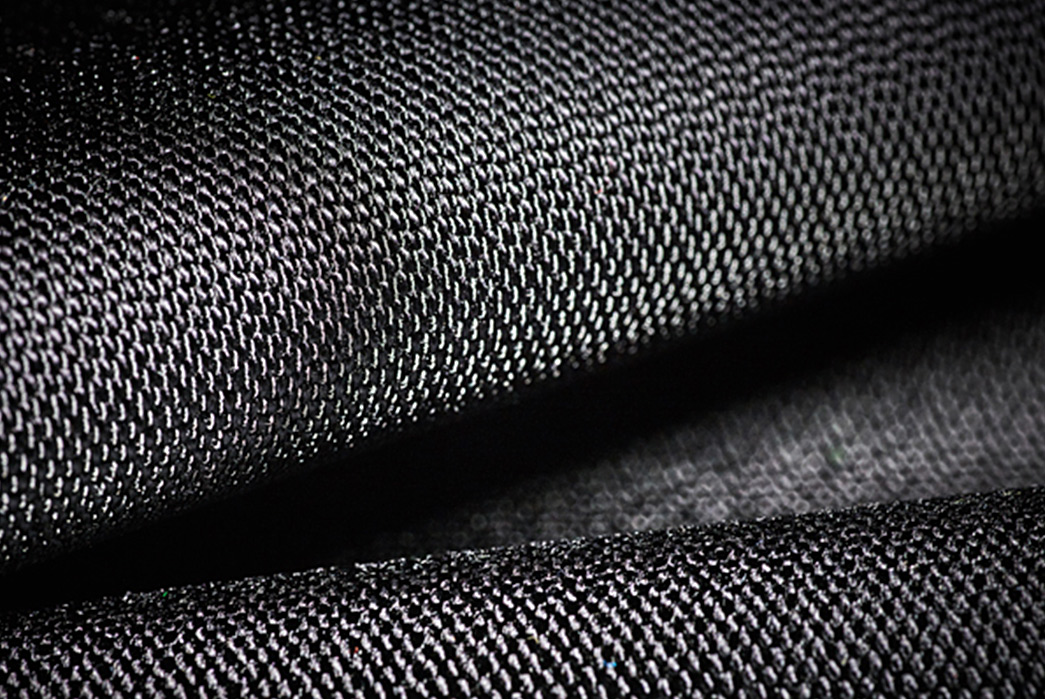
Ballistic Nylon via Carryology
Denier (often abbreviated as D) is a unit of measure for linear mass density of fibers. The measurement is defined as the mass (in grams) of 9000 meters of fiber. That 9km distance may seem arbitrary, but denier is based on a natural reference: a single strand of silk is approximately one denier and a 9000-meter strand of silk weighs about one gram. You will typically see denier used to measure synthetic fabrics built for performance, such as nylon.
In practice, measuring 9000 meters is both time-consuming and ridiculous. Typically, a sample of 900 meters is weighed, and the result is multiplied by ten to obtain the denier weight.
So the lower the denier measurement, the finer and less durable the fabric is. There are some exceptions to this rule, for example, a 30D nylon could feature a denser weave than a 50D nylon, making it just as durable. But as rule of thumb, it’s generally accepted that a higher denier measurement means a stronger fabric.
Thread Count
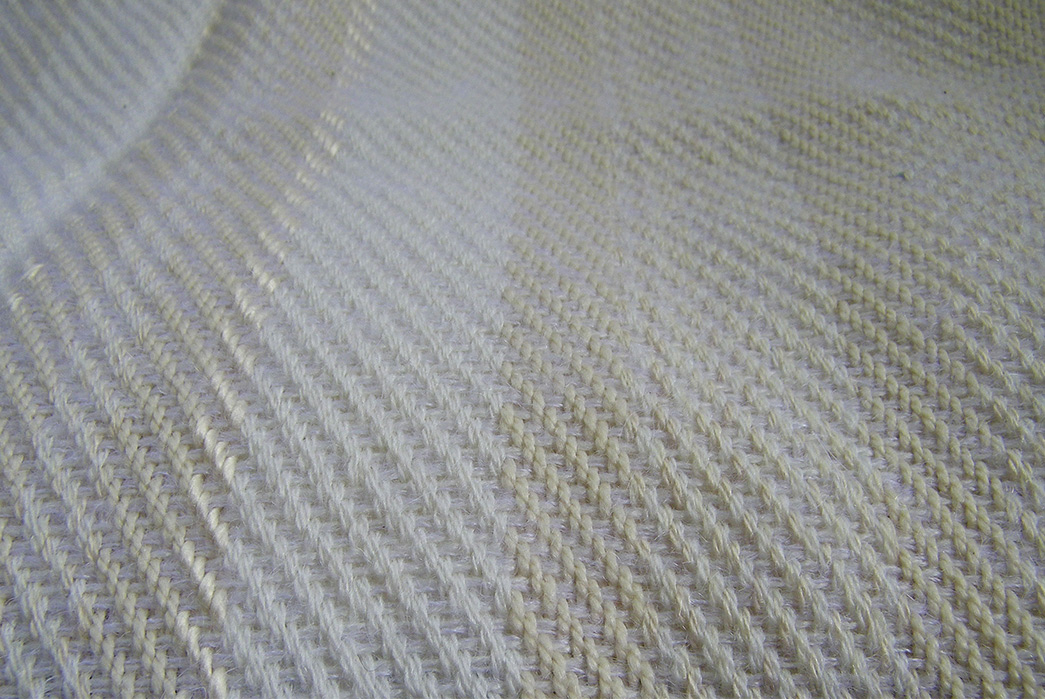
Twill weave via Pinterest.
Thread count or ‘threads per inch’ (TPI) is a measure of the coarseness/fineness of fabric. It is measured by counting the number of threads contained in one square inch of fabric or one square centimeter, including both the length warp and width weft threads. For example, if there are 100 threads per inch horizontally and 100 lengthwise, the fabric will have a thread count of 200.
Generally, a higher thread count will mean that the fabric is softer and finer, as the yarns will need to be finer for more to fit into that square inch. However, high thread counts aren’t synonymous with high quality. It all depends on the fabric.
For example, heavyweight raw denim will have a low thread count due to the thickness of the yarns. When it comes to silk or rayon, though, a higher thread count will generally point towards a finer fabric that will be soft, durable, and drape well.
Thread counts are sometimes tuned down to picks per inch and ends per inch. Picks per inch or PPI is the number of weft threads per inch of woven fabric. A pick is a single weft thread, hence the term. Ends per inch or EPI is the number of warp threads per inch of woven fabric. In general, the higher the ends and picks per inch, the finer the fabric is.

